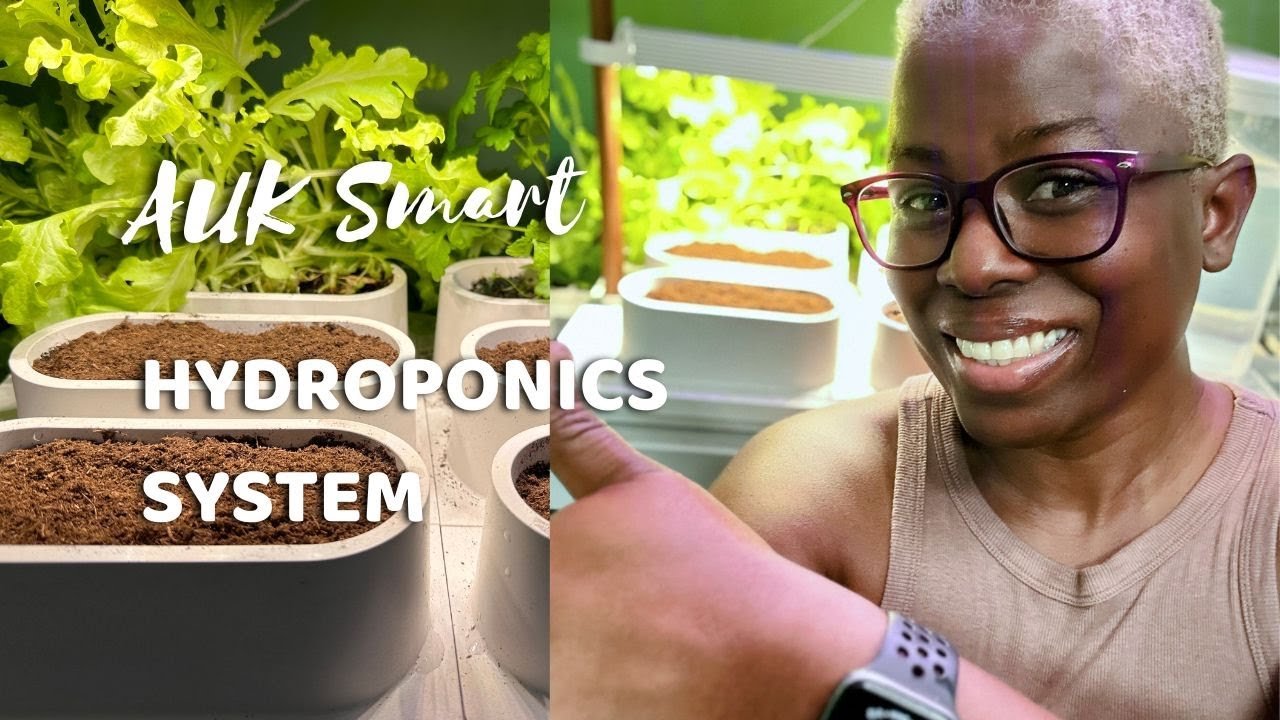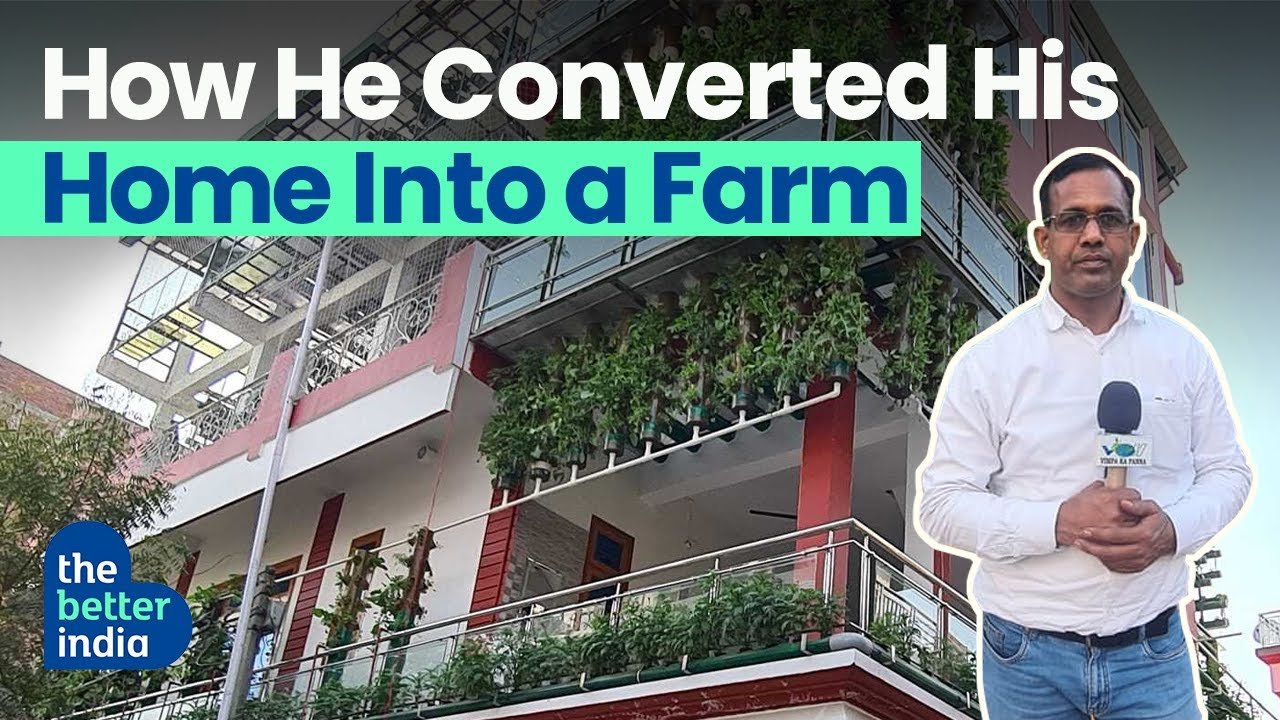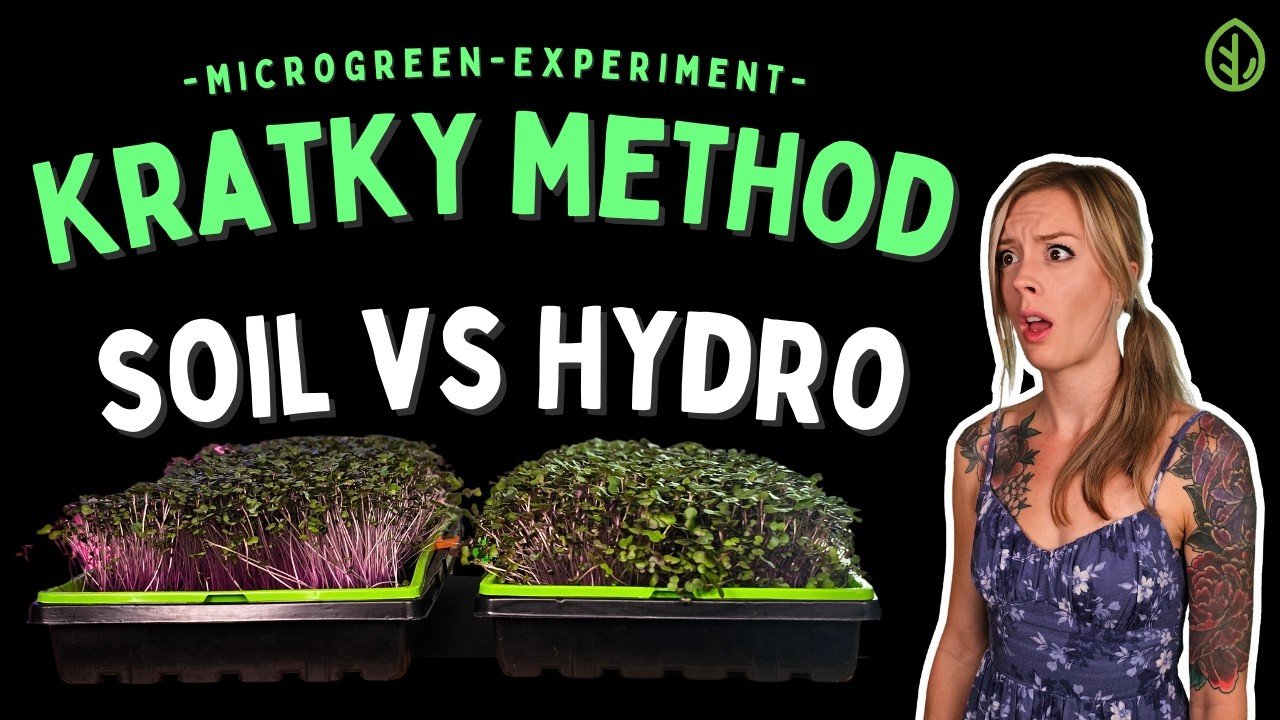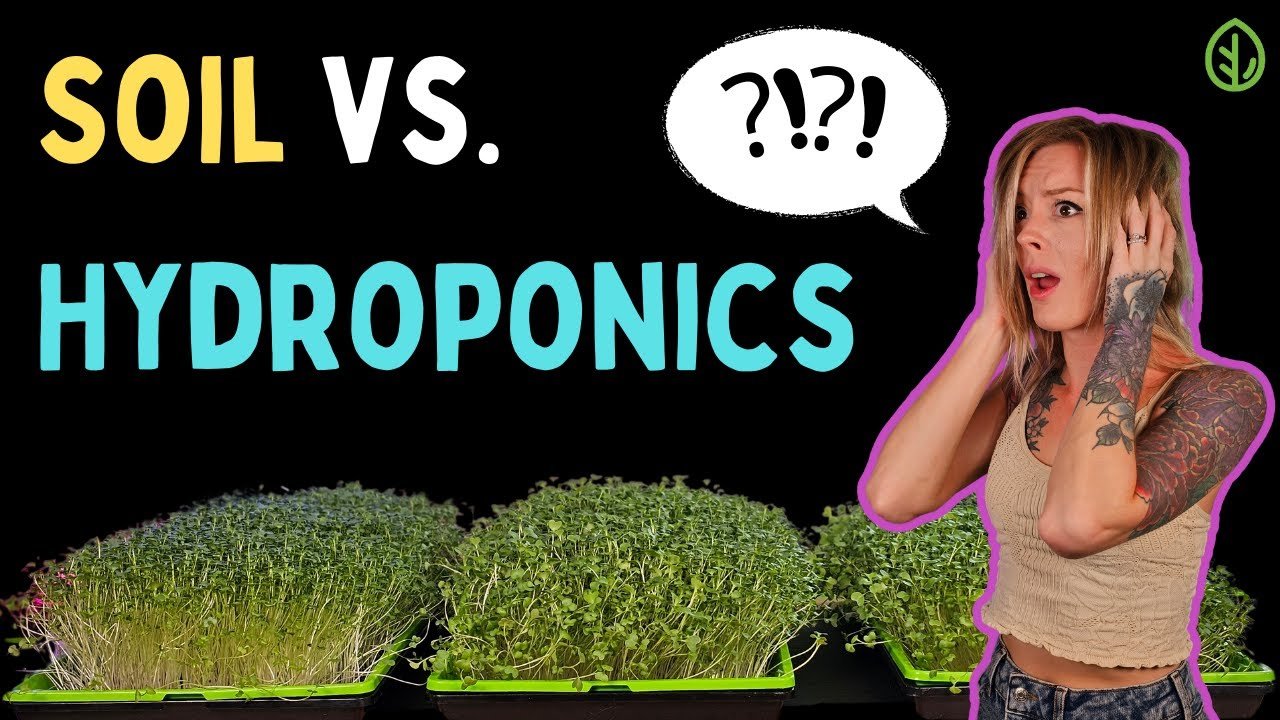The Wonders and Woes of My Backyard Hydroponics Grow Box
I recall the moment it all began, sipping lukewarm coffee on my rickety porch one summer morning in my small Midwestern town. The sun was rising, casting a golden sheen over everything, and it hit me: I wanted to grow something. But not just anything—I wanted to venture into the world of hydroponics. A crazy ambition, I know, especially for a guy like me, whose most significant gardening achievement had been keeping a cactus alive for three weeks.
Nevertheless, my excitement morphed into determination as I imagined a DIY grow box, a little self-sustaining sanctuary bursting with fresh herbs, vibrant veggies, and maybe—even some fish. Yes, fish! Aquaponics had a ring to it, and I envisioned a tiny ecosystem thriving in my backyard. With the kind of hope that comes with a caffeine buzz, I jumped into planning mode.
My first stop? The shed. I rummaged through piles of forgotten tools, rusty nails, and remnants of landscaping projects gone awry. I snagged an old wooden pallet and some plastic containers—those would make perfect grow beds, right? And, as luck would have it, I stumbled upon an aquarium pump collecting dust in a corner, a remnant of my childhood fish-keeping days. This was going to be easier than it looked!
The Build: Concrete Plans and Unexpected Chaos
With makeshift plans scribbled in a battered notebook, I spent the next few weekends transforming ideas into reality. I thought I had nailed the layout: fish tank on the bottom tier, connected to grow beds on the top tier by clear PVC tubing. Water would circulate, feeding plants while the fish added nutrients. What could go wrong?
Everything.
As I mixed a batch of homemade nutrient solution, the smell hit me. It was an odd cocktail of fishy undertones and something else, something overly earthy. I reminded myself that I was just a beginner and tried to brush aside the slight wave of nausea it brought. The first hiccup came when I turned on the pump. Nothing. A battle ensued between my will and the stubborn mechanism, which I swore was mocking me. Some yanks, twists, and several less-than-kind words later, it hummed to life, splashing water into the tank and all over my shoes.
Proud of myself despite the soggy soles, I filled the aquarium with three vibrant little tilapia, their shimmery scales dancing beneath the water. They were supposed to flourish in the warm summer sun, and I imagined them happily swimming around while the herbs flourished above them. But about a week in, the water began smelling worse.
The Spiral Downward
That odor became a red flag. I was optimistic it was just the initial bacteria bloom, something everyone in those online forums assured me would stabilize. I fed the fish and watched them grow, my little aquatic pals, with dreams of tilapia tacos tantalizing me. But then disaster struck.
One morning, I found one of the fish floating lifelessly, belly up—a scene I’d only ever seen in horror movies. Panic shot through me. What did I do? Was it the temperature? The pH? I dove into research, often late at night, and then realized: the water levels were low, and the pump had been acting finicky. It felt like trying to put together IKEA furniture without the instructions—frustrating and confusing. I topped off the water, made what adjustments I could, and tried to keep my fingers crossed.
But shortly after, I lost another. I could feel my dreams of a self-sustaining vegetable haven teetering on the edge of despair. Those fish, my once-glorious hopes, now felt like the embodiment of failure, a stark reminder of all the ways I’d gone off course.
The Turnaround: Humble Growth
Valley of despair, high hopes—it’s a rollercoaster we all ride, isn’t it? In that moment of dismay, I thought about giving up completely. But then, a glimmer of determination surfaced from somewhere deep inside. I remembered the community of local gardeners I was part of, folks eager to dive into urban farming and sustainability discussions.
With renewed vigor, I consulted my neighbors, swapping stories of missteps and triumphs. I learned that many of them had struggled with aquaponics too. From them, I gleaned vital tips: the importance of keeping those pesky water parameters in check and the need for a deeper reservoir. By Christmas, my grow box had transformed into a proper hydroponic wonder—well, as much as I could manage in my small yard.
Against all odds, my basil grew tall, my lettuce turned lush, and I even saw new tilapia fry swimming around. They became symbols of resilience—little reminders that nature has its ebbs and flows.
The Lesson: Embrace the Process
If there’s one takeaway from my chaotic venture into hydroponics, it’s this: the joy doesn’t always come from the end result. Sure, delicious homegrown food is fantastic, but it’s the unpredictability, the small victories amidst failure, that keeps us going.
So, if you’re thinking about diving into aquaponics, don’t worry about getting it perfect. Dive in! Trust me. You’ll make mistakes, water might turn green, and frustrating moments abound. But there’s a unique beauty in it all. It’s an adventure worth sharing, and I believe you’re going to figure it out as you go—just like I did.
So grab that old pump from the shed, roll up those sleeves, and jump into this journey. And if you’re curious about finding some guidance or a community, join the next session here. Let’s get those hands dirty together and keep growing!







Leave a Reply